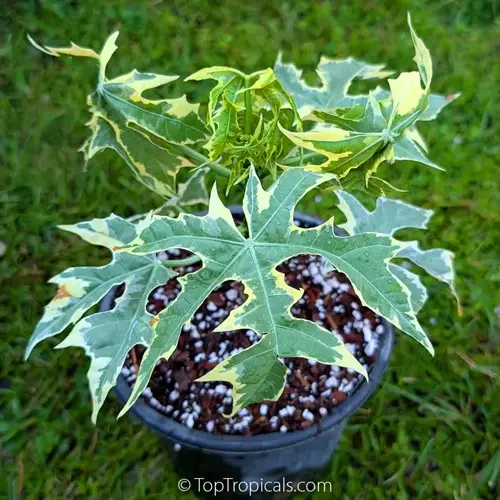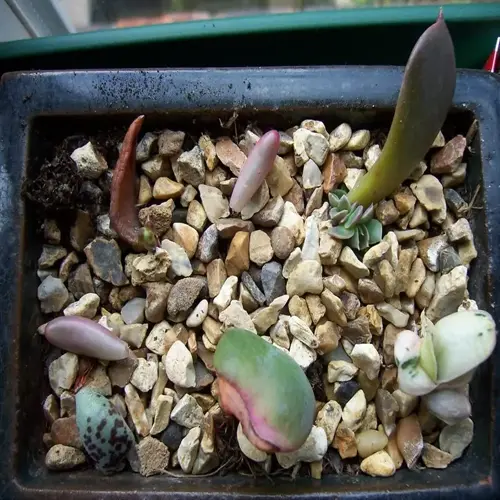What are common upside-down tomato problems?

Written by
Julia Anderson
Reviewed by
Prof. Charles Hartman, Ph.D.Even with their compact design, upside-down tomatoes still have their own problems. Some problems you may experience include wilting, yellowing leaves, and pest infestations. Each of these situations becomes a unique challenge that requires a different strategy. Once you identify the specific issues as they arise, you will be able to manage your hanging plants effectively. In my five years of upside-down gardening, I've personally experienced each one of these issues.
Wilting Causes
- Improper root installation during planting
- Soil compaction restricting oxygen flow
- Insufficient water reaching root zone
Yellow Leaf Solutions
- Check soil moisture before watering
- Apply balanced fertilizer for nutrient deficiencies
- Prune affected leaves to redirect energy
Blossom Drop Prevention
- Maintain temperatures below 90°F (32°C)
- Use 30% shade cloth during heat waves
- Ensure consistent watering schedule
To avoid wilting, ensure that you install the roots correctly during the planting process. I lost three plants before I learned to gently feed the roots through the fabric liner without bending them, water directly after hanging them to settle the soil around the roots. Tapping the sides of the bucket will let you know if there are air pockets.
Combat aphids by applying neem oil every week. The pests live above ground, where they can escape from the wind. I take one teaspoon of neem oil and mix it with a quart of water in a spray bottle. I point the spray at the leaf undersides, where the insects typically congregate the thickest.
Consistent moisture management prevents fruit from cracking. A sudden surge of water after an extended dry spell causes tomatoes to expand too rapidly. During the fruiting stage, I use a timed drip irrigation system. Also, mulch the soil surface to slow evaporation between irrigations.
To remedy nutrient deficiencies, it is important to fertilize with a balanced fertilizer. Yellow leaves are often associated with a nitrogen deficiency, and purple stems typically indicate a phosphorus deficiency. I apply fish emulsion every three weeks during peak growing season. I also test the pH of the soil every month because the more acidic the soil is, the fewer nutrients it allows to be absorbed.
Read the full article: How to Grow Tomatoes Upside Down Successfully

